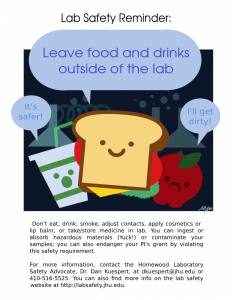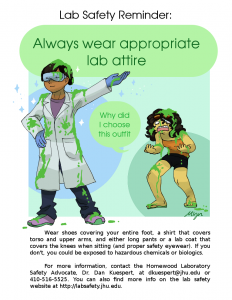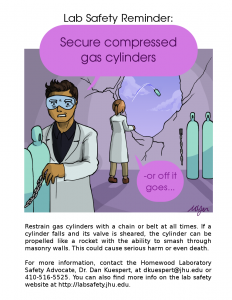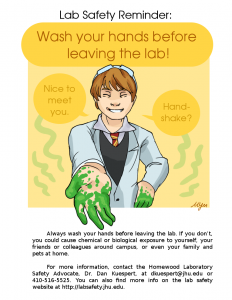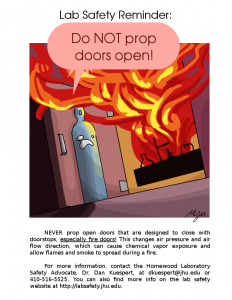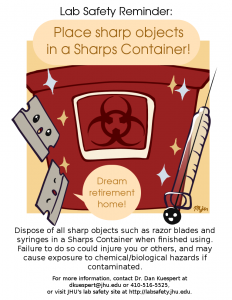Situational awareness is having a “feel” for what’s going on around you—both the current state and how it might or will change in the near future. It’s a complicated topic (refer to Wikipedia for an introduction), but not having it can easily lead to incidents. I had a close call last year that occurred because I lost situational awareness.
I was photographing a worksite for a charity that recruits teams from disparate Howard County organizations varying from the County Police to church groups to employees of a well-known think tank to perform necessary repairs at the homes of the elderly and needy. It was at the latter’s “project house” that I almost got my brains knocked out.
The workers had removed a wheelbarrow full of soil from the yard while installing a new walkway, and they had procured a trailer to haul the soil and other debris away to the county landfill. I was standing at the front of the trailer taking pictures when the team hoisted the heavy wheelbarrow onto the trailer—setting it behind the axle. The resultant forces flipped the front of the trailer upward, and the trailer tongue (the metal bit that attaches to the tow vehicle) missed me by inches.
I had lost situational awareness—I failed to predict exactly what state my surroundings were in and in particular failed to predict how they were about to change. One can attribute part of this close call to “photographer’s hubris,” that is, the feeling that when one is behind the lens, one is indestructible. The major thing I failed to note, though, is that “charity home improvements” really means “construction site operated by amateurs,” and that I should be on my guard for dangerous conditions.
How often have you lost situational awareness—in the lab or on the road, perhaps? What was the result—did you have a close call, were there no consequences, or was there some sort of incident? What was the deciding factor in what the consequences were—chance?
Remember that in the lab we are all amateurs—so keep an eye on what you and your labmates are doing at all times.
